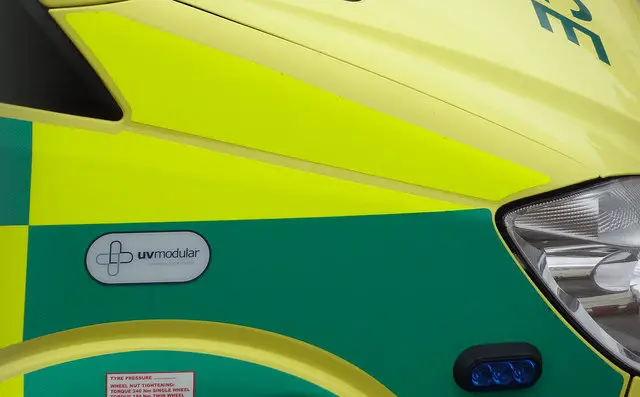Ambulances were forced to wait up to an hour at A&E 52 times on the Isle of Wight last month, with emergency patients waiting to be admitted.
The NHS has released statistics concerning Isle Of Wight NHS Trust as part of a special series which highlights the winter pressures facing the health service.
The figures show that in December, 52 of the Trust’s patients had to spend between half an hour and an hour waiting with the ambulance service at hospital, before they could be transferred to the emergency department.
Some for more than an hour
13 were stuck with the ambulance service for more than 60 minutes.
NHS England’s target time is up to 15 minutes.
The waits, known as handover delays, can be due to ambulance queues or slow processing at hospitals, and can have the knock-on effect of delaying paramedics being despatched to future emergencies.
In total 5.4% of all patients arriving by ambulances at hospital were delayed by between 30 and 60 minutes.
Questions
OnTheWight has asked the IW NHS:
- We understand there can be a number of different reasons for this happening – What led to these patients being left in ambulances?
- What is the hospital doing to reduce this happening?
- What is the impact on ambulances being available to attend other call outs?
At the time of publishing we hadn’t received answers to our question, but will update when we do.
The figures for Christmas week
In the week from Christmas to New Year’s Eve there were 18 delays of between 30 and 60 minutes, and three incidents where patients were waiting for more than an hour.
In a single day, Thursday 28th December, six patients were stuck with the ambulance service for between 30 and 60 minutes before being admitted, making it the single worst day for delays in December.
What are the risks?
The Department of Health said ambulance crews should be able to hand patients over to A&E staff within the 15-minute target time.
It said not doing so increases the risk to patients due to delays in diagnosis and treatment, as well as the chance that a patient will get worse while waiting on a trolley.
The figures are likely to cause concern as doctors and hospital leaders have claimed the current NHS winter crisis is the worst in decades.
Under “serious and sustained pressure”
Emergency medicine consultant Dr Adrian Boyle, chairman for quality at the Royal College of Emergency Medicine, said, “Everybody is struggling at the moment”.
He told Press Association:
“Every type 1 emergency department that I know of is under serious and sustained pressure.
“It feels worse than the equivalent period last year.
“This means that ambulances are waiting outside emergency departments waiting to offload, the emergency departments are full, clinical staff are working extremely hard to try and look after these patients, often having to treat patients in corridors, people suffering lengthy delays.
“And we know that excessive crowding within emergency departments is associated with avoidable deaths.”
Background data and analysis provided by data reporter, Ralph Blackburn.
Update 16:06 – IW NHS have responded and say that the original use of ‘stranded inside the vehicles’ was incorrect. We’re awaiting details, but updated the piece while waiting.





